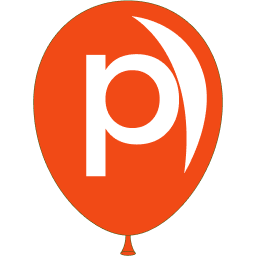What Are Lead Segmentation Triggers? Definition and Benefits
Lead Segmentation Triggers are automated signals in marketing technology that sort leads into groups the moment they act—like clicking a link, filling a form, or bouncing—using real-time behavior to tag them as “engaged,” “cold,” or “VIP.” These triggers fire instantly, feeding segmentation rules with live data so a pop-up or email hits the right vibe: a newbie gets a welcome, a staller gets a nudge. It’s dynamic, precise, and keeps your lead management fluid, not frozen, for better targeting and conversion rates.
What Are Lead Segmentation Triggers?
These are event-based cues: a lead downloads a guide (trigger: “interested”), ignores an email (trigger: “inactive”), or visits pricing (trigger: “hot”). They’re tracked via analytics—page hits, time, clicks—and executed by tools like Poper, which might tag a lead “returning” after a second visit. It’s not static profiling; it’s a live sort, adjusting segments as actions unfold, ensuring your outreach stays relevant to the minute.
Why They’re Powerful
Leads shift fast—60% of static segments outdated in weeks. Triggers keep up, lifting engagement 20-25% by syncing with current intent. In martech, they’re a time-saver: automation sorts thousands while you focus on strategy. They also juice conversions—a “cart abandoner” trigger with a “Come Back” pop-up can recover 15% of lost sales. It’s about staying in step with users, not lagging behind.
How to Use Them
Map key actions—form submits, exits, purchases—tied to your funnel: top (browsing), middle (interacting), bottom (buying). Set triggers—“clicked CTA” for engaged, “10 seconds on site” for curious—in your platform. Match with segments—“trial users,” “lurkers”—and tailor responses: demos for the first, discounts for the second. Test accuracy—do triggers tag right?—and tweak: adjust thresholds, add new cues. Keep it lean; too many triggers clog the system.
Practical Examples
SaaS: “Watched Demo” triggers “active” segment, upping trials 20% with a follow-up. Retail: “Left Cart” tags “hesitant,” saving 10% with a coupon pop-up. Media: “Read 3 Articles” flags “engaged,” tripling subs with a pitch. It’s flexible—tech, e-commerce, content—because it’s behavior-led, not niche-specific. Lead Segmentation Triggers turn actions into assets.
Benefits and Limits
They’re real-time, efficient, and boost ROI with sharp targeting. But they need solid tracking—glitches misfire—and over-segmentation fragments efforts. Best practices: focus on big moves, test tags, and sync with goals. When tight, Lead Segmentation Triggers keep your funnel humming.
Read More
Behavioral Triggers
Specific user actions, like clicks or time spent, that automatically initiate a marketing response to drive interaction.
Behavioral Targeting
Delivering marketing content to users based on their observed actions, like clicks or purchases, to enhance relevance.
Lead Engagement Optimization
Enhancing interactions with leads through tailored content or prompts to improve conversion rates.
Lead Generation Triggers
Automated conditions, like clicks or time, that prompt actions to capture leads from website visitors.
Lead Scoring Logic
A system assigning values to leads based on their behavior or traits to prioritize high-potential prospects.
Lead Segmentation Rules
Predefined criteria for grouping leads into categories based on attributes or actions for targeted outreach.
